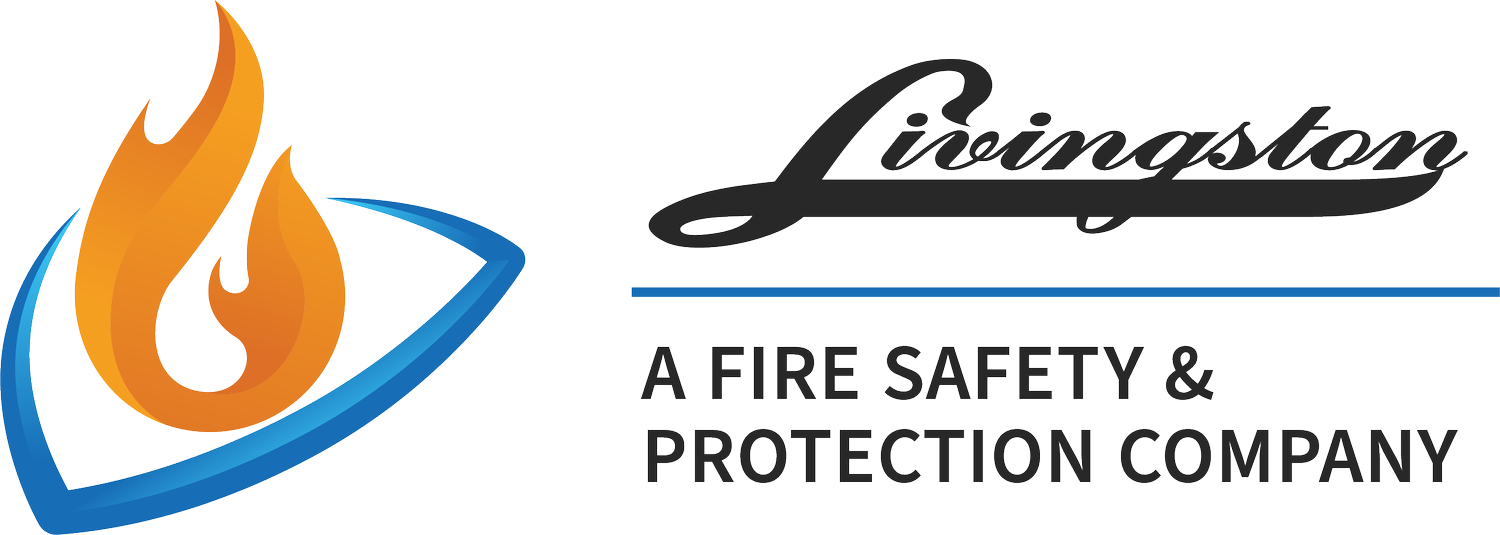Hazards and Fire Safety in The Workplace
According to the National Fire Protection Association, there were an estimated 3,340 fires in U.S. office properties per year from 2007 – 2011.
From the first employee to unlock the office in the morning to the last one to turn out the lights, fire safety in the workplace is everyone’s responsibility. Employers should inform staff of the proper procedure in case of an emergency situation, well before anything happens.
Hazards and fire safety is different depending on the workplace. However, there are commonalities to be able to identify no matter your location because it could mean the difference between loss of property or loss of life, should an incident occur.
Smoking Material
Smoking materials are used by many employees. Many offices and workplace environments have a designated smoking area or ‘No Smoking,’ signs. Making sure cigarettes are properly extinguished and placed in a maintained receptacle away from the building will help prevent igniting a fire.
Heating Equipment
Heating equipment such as heat lamps, heat tape, furnaces and boilers, are all hazards and should be properly maintained and inspected. Because they are a heat source, making sure they are properly working and are never left unattended is critical to preventing fires.
Cooking Equipment
Stoves and other cooking equipment primarily found throughout restaurant and the service industry are one of the leading causes of fires in non-residential buildings. Open flames where grease is involved is to be carefully monitored at all times with a knowledgeable staff to act quickly should something go wrong. Toasters and coffee makers in office common areas are also considered high-risk elements due to frequency of use.
Wiring & Appliances
Wiring and appliances can burn out, and cords can become spliced or tapped through overuse, exposing live wires to potentially flammable material. Monitoring wiring along with cords throughout heavily used or old equipment will help keep office environments and employees safe.
Flammable Liquids
Flammable liquids should be kept in properly stored and closed containers. Proper storage will avoid issues due to spontaneous combustion or explosions caused by pressure.
Electrical Outlets
Buzzing noise coming from electrical outlets or lighting can signal a faulty wiring issue that should be addressed immediately by a qualified electrician. Light switches and outlets are particularly susceptible to faulty wiring.
Computers & Servers
Computer equipment and server storage areas often perform round-the-clock and can create overheating issues or electrical issues. Be sure the networks are properly managed and monitored and have adequate circulation of air.
Equipment from cooking appliances and furnaces all the way to something as small as a nightlight or a battery can cause fires and unforeseen damage. Understanding the risks and identifying problem areas through knowledge and commonsense can help create a safe working environment. Having adequate fire safety equipment installed and maintained will also help, should a problem arise. Fire sprinkler systems and alarms are just two examples of fire protection equipment. Whether you’re an educational campus, government facility, residential or commercial, having proper fire and life safety equipment and installation is key to a safe environment for everyone.
